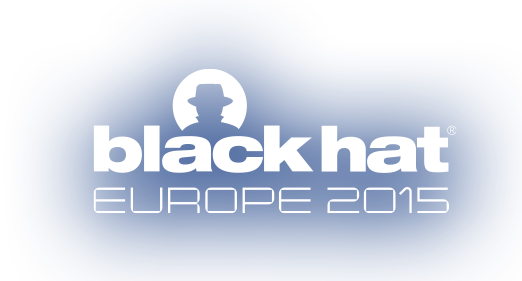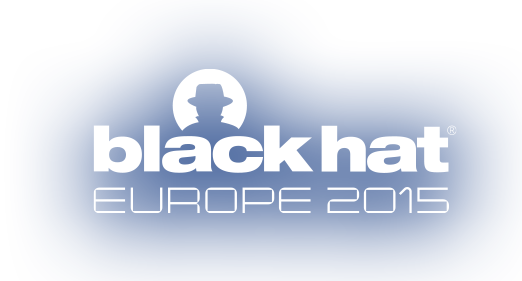CryptoWall 4.0 A Stealthier, More Sweet-Talking Ransomware
A sweet-talking, stealthier, new version of the CryptoWall ransomware, CryptoWall 4.0, is in the wild, according to researchers at Heimdal Security and BitDefender.
The previous version, CryptoWall 3.0, just came out in January, and according to figures released last week by the Cyber Threat Alliance, it has already extorted $325 million from tens of thousands of victims worldwide. CryptoWall 4.0 aims to surpass that performance.
Ransomware is not exactly shy; it will always make itself known eventually. Yet security tools hope to catch it when it first creeps onto a machine, and stop it before it springs into action. Yet, CryptoWall 4.0 has made modifications to help it evade detection by security tools “even by 2nd generation firewall solutions,” according to Heimdal Security.
When the malware makes its move, the new CryptoWall not only encrypts files, as it always has done, it also encrypts filenames. Heimdal Security states this new technique increases victims’ confusion, and thereby increases the likelihood that they’ll pay the ransom, and quickly.
4.0 also contains a strikingly different ransom message than earlier CryptoWalls. Previous versions have always aimed to frighten and harass victims, but as BitDefender explains, the new ransom message is “longer, less alarming and with a hint of irony.”
Instead of being an obvious threat from an attacker, the new message hides the threat inside a welcome wagon. Rather than simply demanding a ransom to decrypt the files, they recommend “purchasing the software package” for $700, payable in Bitcoin.
The ransom itself has the cuddly filename “HELP_YOUR_FILES,” comes in TXT, HTML, and PNG form, and includes the text “Congratulations! You have become a part of large community CryptoWall!” and “the instructions that you find in folders with encrypted files are not viruses; they are your helpers.”
The message urges victims to “think logically” and not get security products involved, because their attempts could prove fatal to their files.
It isn’t all soft-sell, cajoling, and reason, though. The message has some bite, stating: “In case if these simple rules are violated we will not be able to help you, and we will not try because you have been warned.”
As Heimdal Security explains “Cryptoware creators act like they run software companies,” continuing to enhance their code, addressing advancements in security controls, and using all possible social engineering techniques at their disposal to trigger payment.
 Black Hat Europe returns to the beautiful city of Amsterdam, Netherlands November 12 13, 2015. Click here for more information and to register.
Black Hat Europe returns to the beautiful city of Amsterdam, Netherlands November 12 13, 2015. Click here for more information and to register.
Sara Peters is Senior Editor at Dark Reading and formerly the editor-in-chief of Enterprise Efficiency. Prior that she was senior editor for the Computer Security Institute, writing and speaking about virtualization, identity management, cybersecurity law, and a myriad … View Full Bio
Article source: http://www.darkreading.com/vulnerabilities---threats/cryptowall-40-a-stealthier-more-sweet-talking-ransomware-/d/d-id/1323012?_mc=RSS_DR_EDT




